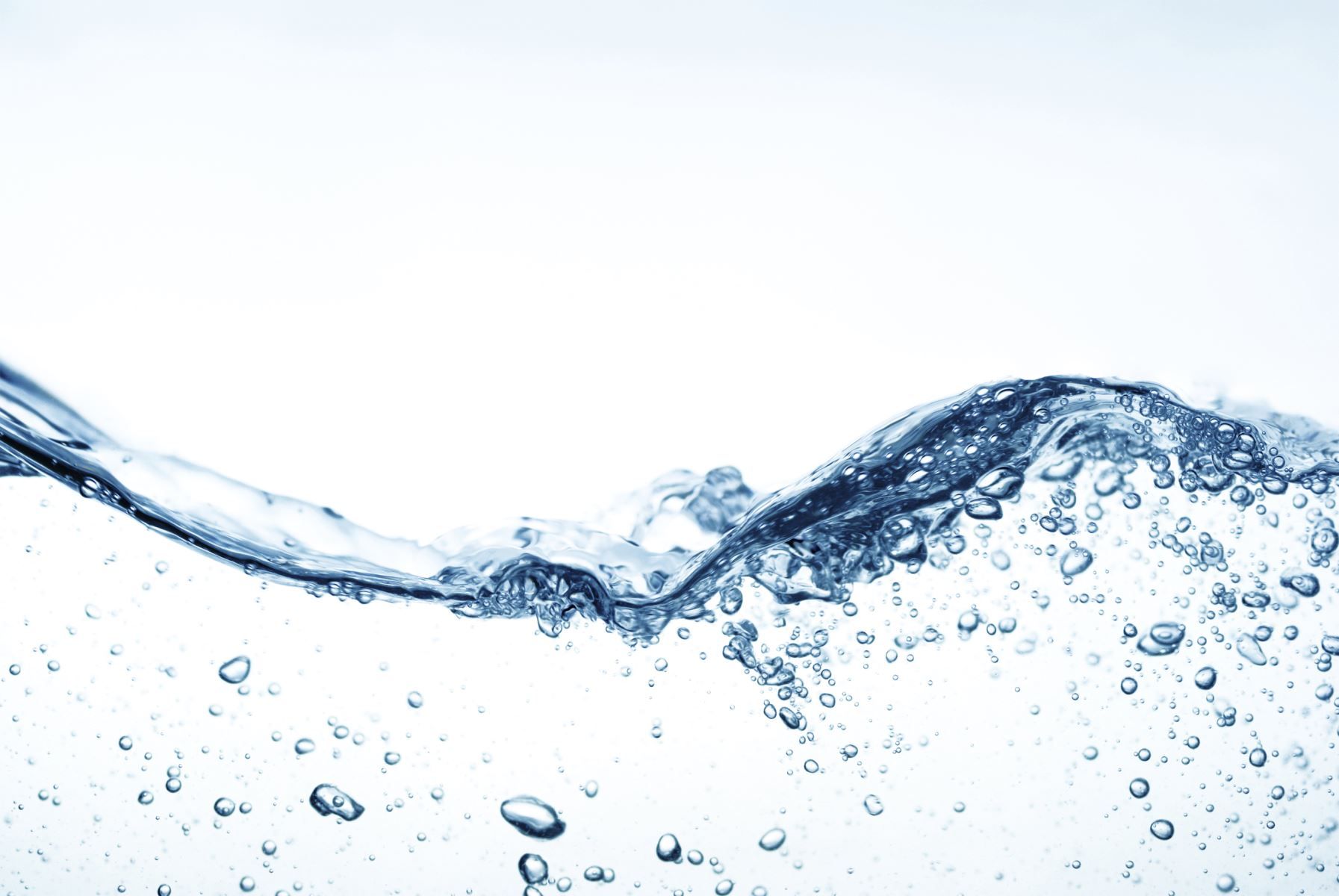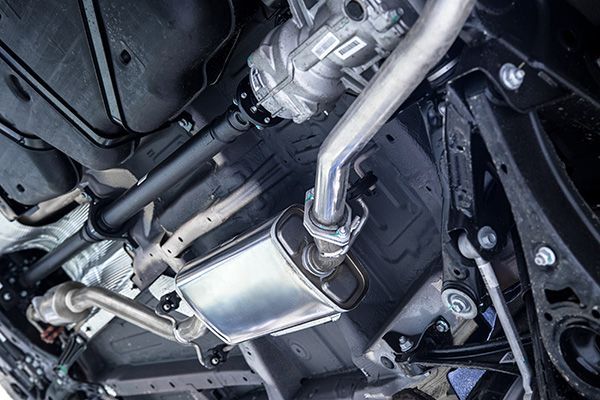Loading ...
Missing business hours data / Error occurred while getting the data.
How Well Do You Know Your Car's Different Fluids?
October 4, 2017

Just like your body, your car has a number of different fluids running through it to keep it healthy. Specific fluids are used for lubrication to keep all the vehicle’s vital components moving freely and to prevent major internal damage. If you notice a leak under your car, it helps to understand the different types of fluid. There is some maintenance you can do on your own, while most automotive fluid issues should be handled by a professional auto repair shop like LightHouse Automotive.
Let’s take a look at your vehicle’s fluids and what each of them does:
1. Engine Oil
The oil in your engine is obviously very important, which is why you get your oil and oil filter changed every 3,000-5,000 miles as recommended. It keeps all the internal engine components properly lubricated. It is easy to check with the dipstick and is typically light brown in color. If the oil is low or burnt, it could be the sign of a major problem and it could lead to even more significant engine problems, so get it checked out by an expert. You may just be due for a routine oil change.
2. Transmission Fluid
Transmission fluid is usually bright red in color. Your transmission will have a separate dipstick that allows you to check the level and viscosity of the fluid. Like the engine oil, the transmission fluid plays a vital role in lubricating components within the transmission. If the fluid level is low, the fluid looks burnt or you notice a leak, you’ll want it inspected as soon as possible. It could be a major transmission problem or you may just need a standard fluid/filter change service.
3. Radiator Coolant
Radiator fluid (aka “Coolant” or “Antifreeze”) is bright yellow/green. You can easily check the level in the radiator, though be very careful if removing the cap when the engine is hot. It could burn you or the pressure inside could release dangerously when you open it. Add more if the level is low. Ideally, you’ll want a 50/50 mix with water and pure fluid, or use a pre-mixed coolant you can find at any auto parts store.
4. Brake Fluid
The hydraulic lines that power your brakes will have a light brown/yellowish brake fluid inside. You can locate a brake fluid reservoir in your engine compartment to check the reserve levels. Otherwise, trust the experts at LightHouse Automotive for a complete brake inspection, and if needed, a brake fluid flush (also known as “bleeding” the brakes) and replacement.
5. Power Steering Fluid
Most vehicles have power steering standard, which means there will be power steering fluid that helps make things smoother. It is usually red, pink or sometimes clear in color. There is a special reservoir where you can check the fluid levels with a dipstick. If it looks dark or burnt, you’ll want to get it checked out.
6. Air Conditioning Coolant
Also known as Freon or refrigerant, your air conditioning system uses a special coolant that keeps the air cold. Replacing/recharging coolant or checking for leaks can be complex and sometimes dangerous. It is best left to the professionals at LightHouse Automotive.
7. Windshield Washer Fluid
Ultimately, this is the least “vital” of your car’s fluids, but it is still worth maintaining. The reservoir is typically pretty easy to locate and the blue windshield washer fluid is easy to refill on your own. LightHouse Automotive will check and refill your washer fluid with any standard maintenance service.
8. Gasoline
You already know when and how to pump gas. If you encounter a gas leak, though, it can be very, very dangerous. Do not drive your car, but have it towed into LightHouse Automotive immediately for a proper inspection and repairs to the gas line.
For all your fluid change, flush and refill needs, count on LightHouse Automotive in Colorado Springs . Call us today at (719) 465-0302 or schedule your service appointment online.




Loading ...
Missing business hours data / Error occurred while getting the data.
trouble finding us?
Loading ...
Missing nap lines data / Error occured while getting the data.


.jpeg)



